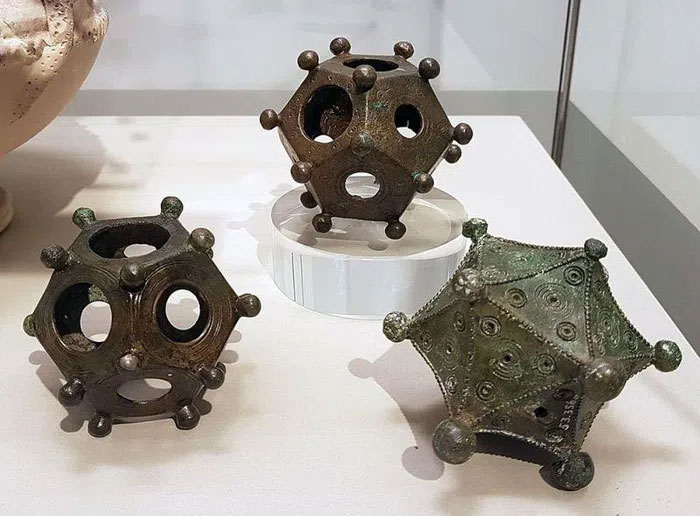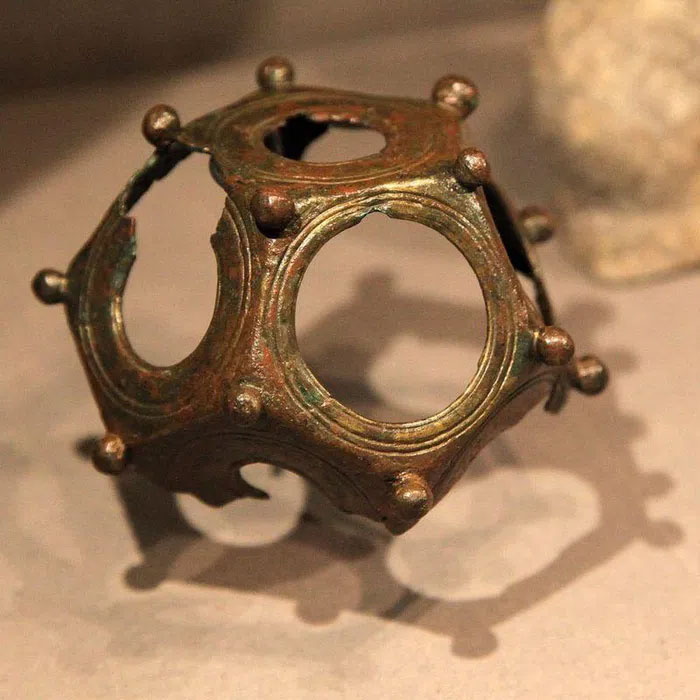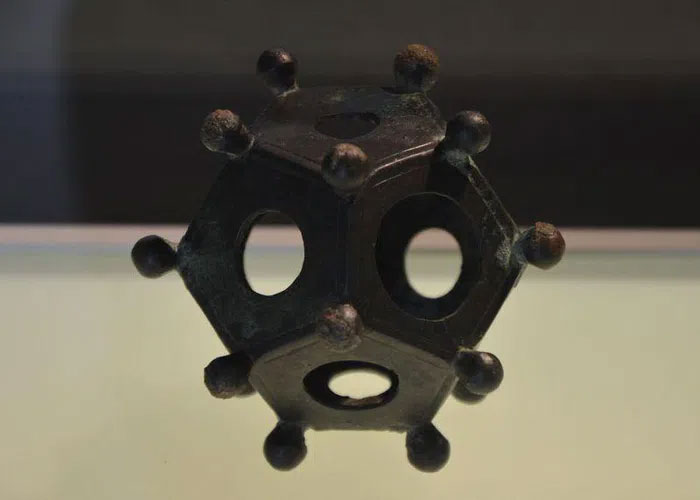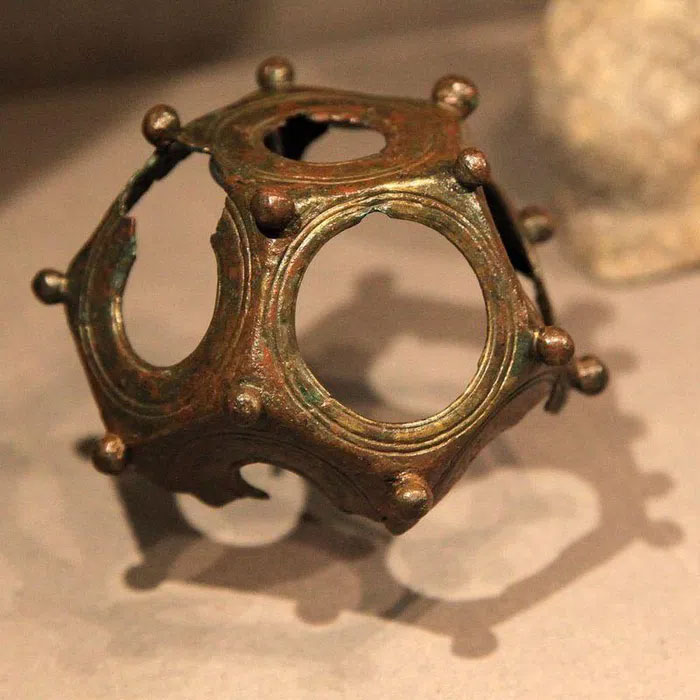Three centuries ago, a serendipitous archaeological discovery stirred the scholarly world and unveiled a mystery that continues to captivate the imagination of historians and mathematicians alike. The unearthing of Roman polyhedra, a collection of mysterious bronze artifacts, opened a portal to the mathematical sophistication of ancient Rome and sparked a quest to decipher the purpose behind these enigmatic objects.

In the early 18th century, amidst the ruins of Roman villas and estates, particularly in regions like Italy and France, archaeologists stumbled upon a trove of small, intricately crafted bronze objects. These objects, now known as Roman polyhedra, are characterized by their geometric precision and the inclusion of various polygonal shapes. Ranging from spheres adorned with triangles to complex polyhedral structures, these artifacts defied easy classification and mystified those who unearthed them.

The true purpose of these Roman polyhedra has eluded researchers for centuries. The artifacts, typically measuring a few inches in diameter, do not seem to align with any practical or utilitarian function. Unlike common household items or tools found in archaeological digs, the polyhedra lacked an immediately apparent everyday use.

One prevailing theory suggests that these artifacts held a symbolic or religious significance. Some speculate that they might have been used as decorative elements in ceremonial settings or as talismans, possibly related to aspects of Roman cosmology or spiritual beliefs. Others propose that the objects served as teaching tools, employed by ancient scholars to demonstrate principles of geometry and mathematics.
The geometric complexity of the Roman polyhedra hints at a level of mathematical sophistication in ancient Roman society that was not widely recognized before their discovery. The intricate combination of shapes on these artifacts, including triangles, squares, and hexagons, suggests a deep understanding of geometric principles and raises questions about the extent of mathematical knowledge among Roman artisans and thinkers.
Despite the passage of three centuries since their discovery, the mystery surrounding Roman polyhedra endures. Technological advancements in recent years, such as 3D scanning and computational modeling, have allowed researchers to conduct more in-depth analyses of these artifacts. However, the true purpose and significance of these objects remain a subject of ongoing debate and exploration.
The unearthing of Roman polyhedra serves as a testament to the enduring allure of ancient mysteries and the perpetual quest for understanding our historical roots. As researchers continue to peel back the layers of time, these bronze enigmas persist as silent witnesses to a bygone era, challenging contemporary minds to unravel the secrets embedded in their geometric intricacies and contributing to our evolving comprehension of the intellectual achievements of the ancient Roman world.

